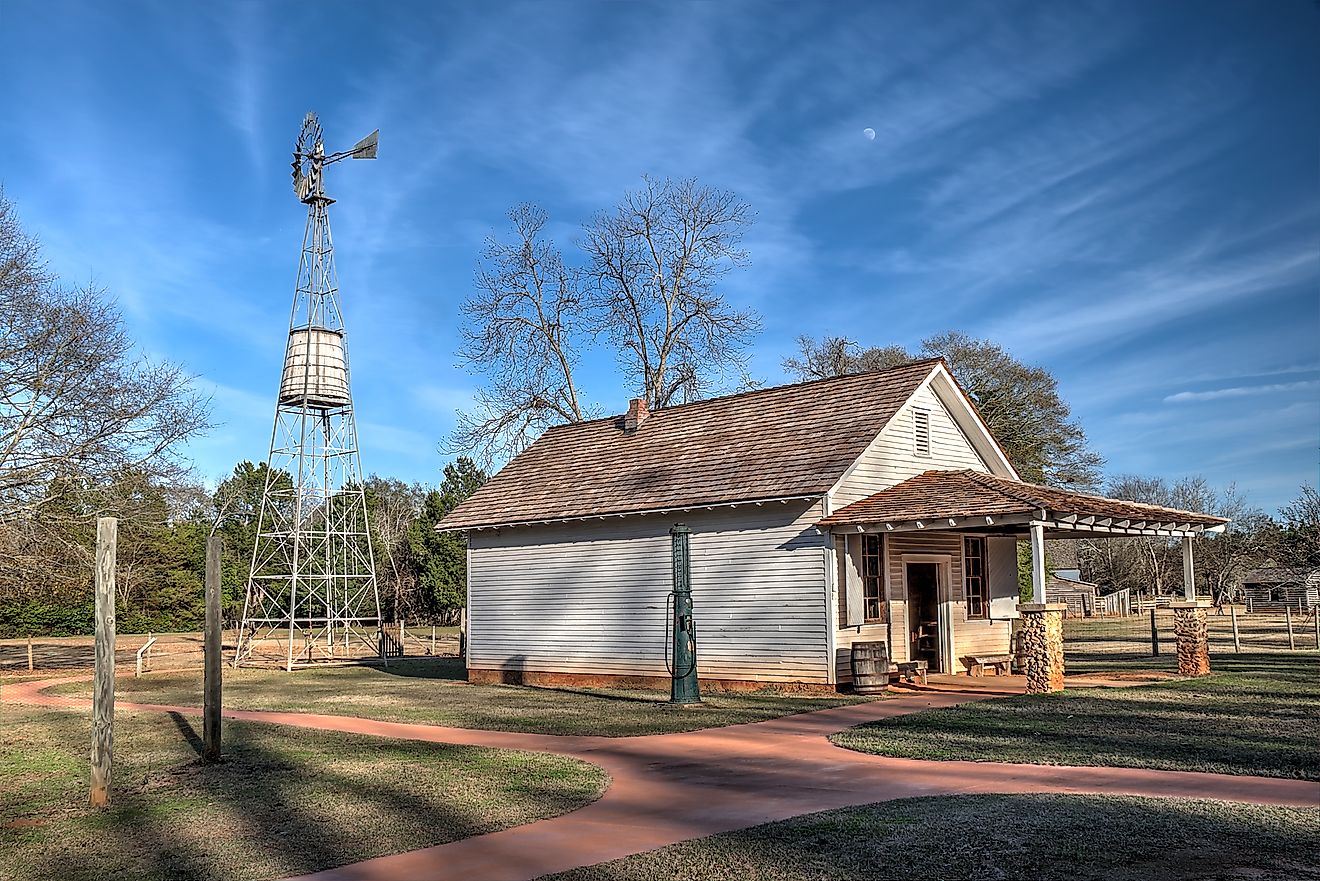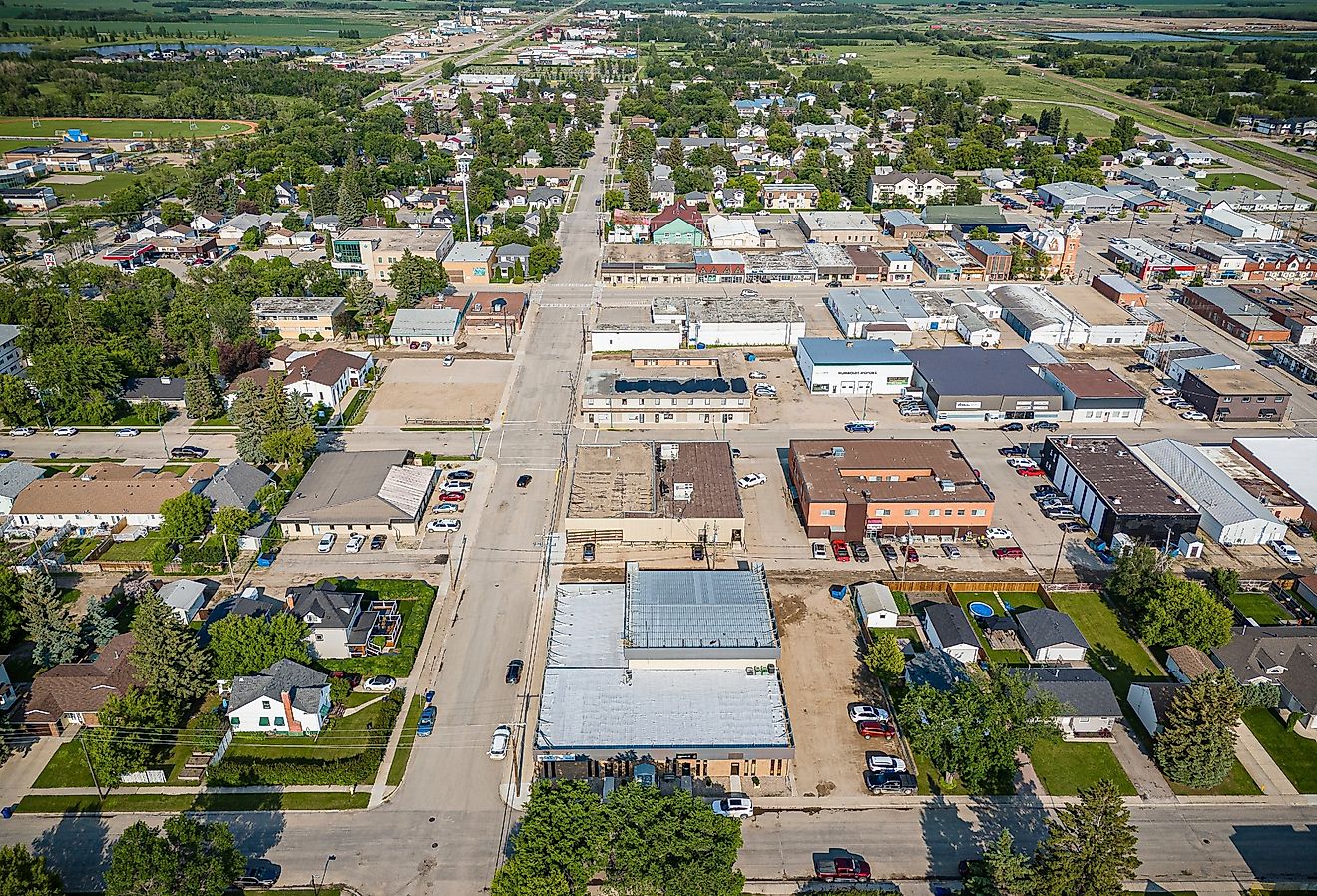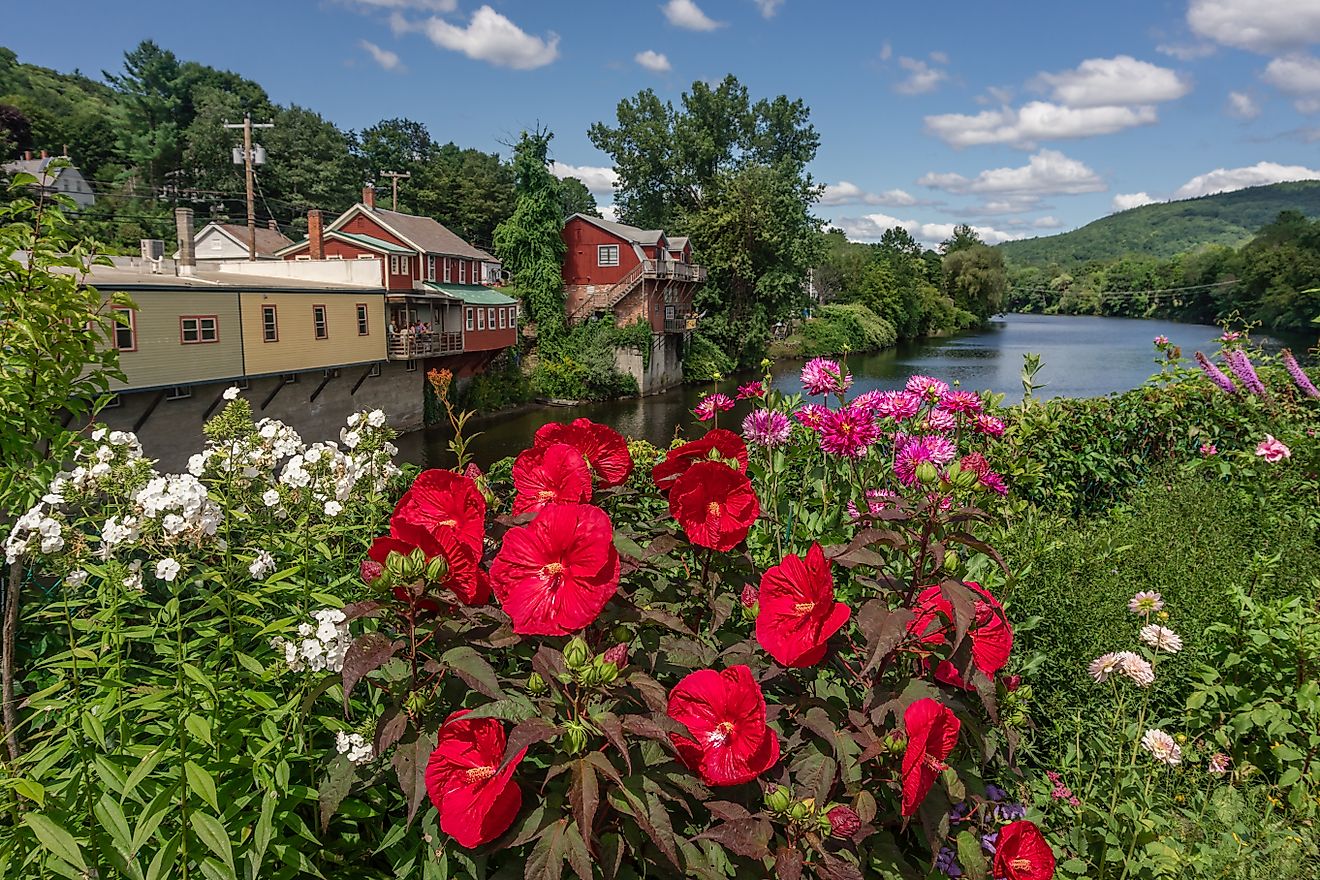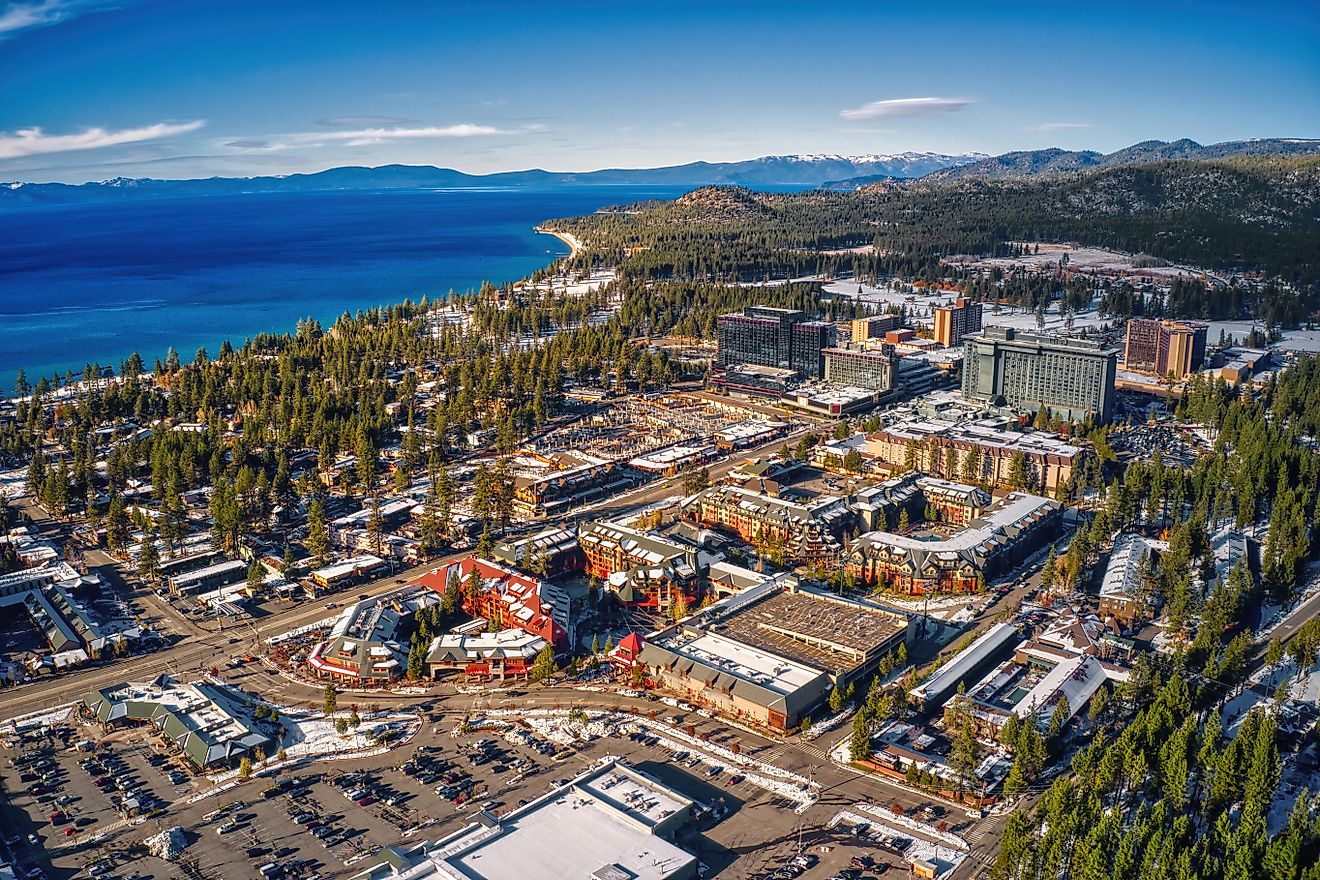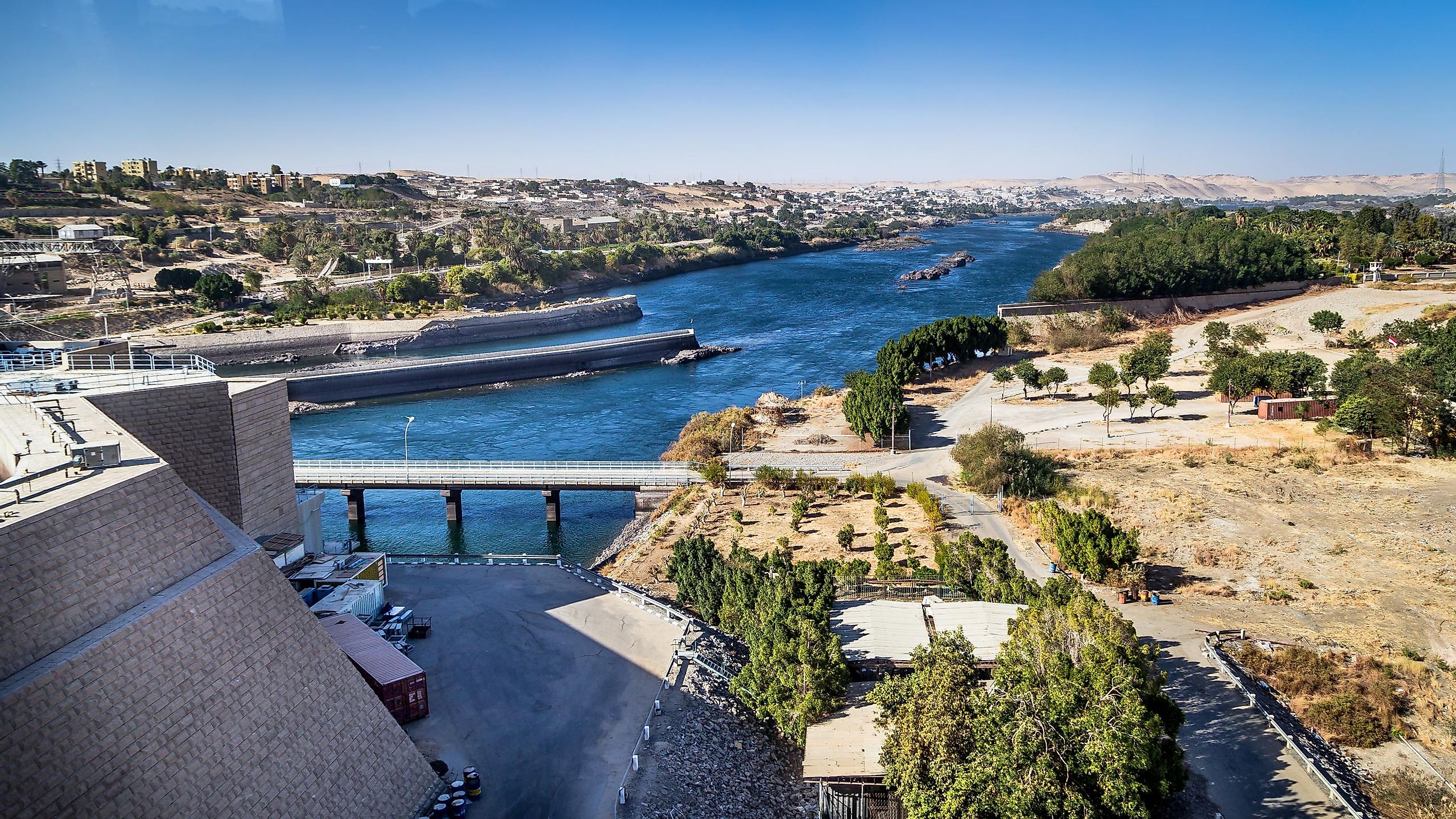
9 Wonders In Irrigation Engineering Across History
Powerful modern machinery is no replacement for the degree of genius our ancestors possessed when it comes to hurtling life-giving waters across hundreds of kilometers. Water is heavy and prone to spills, but inland desert civilizations needed to find a way to adapt or perish. Canals, tunnels, and arches are classic go-to tools, but without a perfect design, irrigation is only as strong as its weakest link. Now, although today's approaches are less reliant on stonework and gravity, that does not mean they are any less worthy of celebration, so continue on to discover just how far we have come.
Irrigation Wonders Of The World
| Name | Location | Year Built |
|---|---|---|
| Roman Aqueducts | Rome, Italy | 312 BC |
| Qanat System | Iran | 500 BC |
| Great Man-Made River | Libya | 1960 AD |
| Incan Aqueducts | Peru | 1400 AD |
| Dujiangyan Irrigation System | China | 256 BC |
| Hohokam Canals | United States (Arizona) | 600 AD |
| Aswan High Dam | Egypt | 1970 AD |
| California State Water Project | United States | 1967 AD |
| Murrumbidgee Irrigation Area | Australia | 1912 AD |
Roman Aqueducts - Rome, Italy
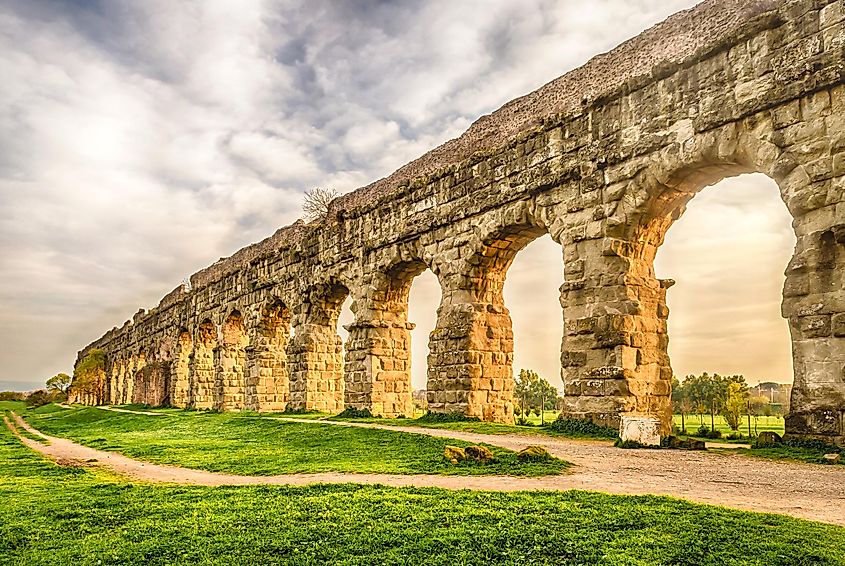
In ancient Rome, the construction of aqueducts was a pivotal development in urban engineering, revolutionizing the city's water supply system. With a length spanning over 800 kilometers, these aqueducts were engineered to utilize gravity to channel water across vast distances. Remarkably, the Aqua Claudia aqueduct was constructed over a span of 11 years, which is typical for a structure requiring immense planning and materials. Notably, some of these aqueducts, including parts of the Pont du Gard in France, have survived disasters and salvaging and are recognized as UNESCO World Heritage Sites. Standing as high as 50 meters in some sections, these aqueducts had the capacity to deliver over one million cubic meters of spring water each day to the bustling metropolis.
Qanat System - Iran
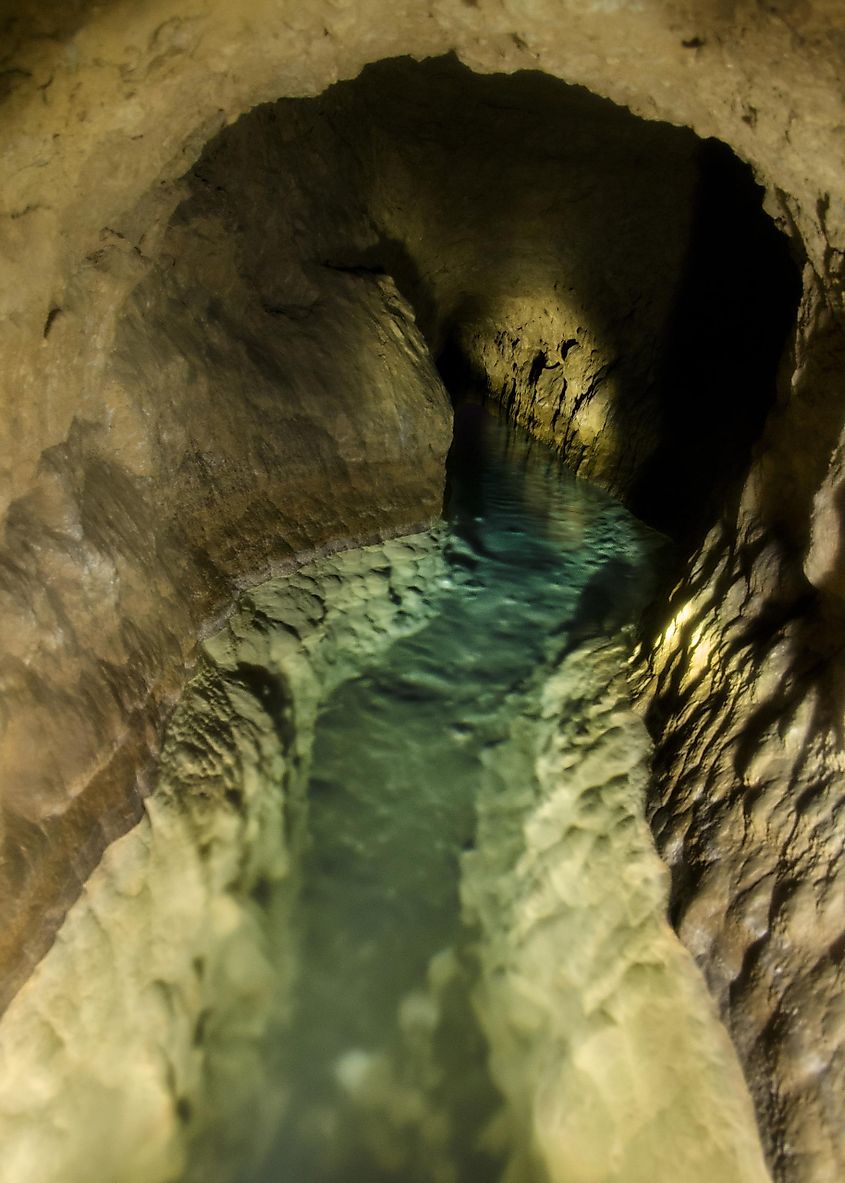
In Iran, the Qanat system represents an ingenious solution to the challenge of water scarcity in arid regions. These underground aqueducts, comprising a network of well-like vertical shafts interconnected by gently sloping tunnels, harnessed groundwater to sustain communities. The meticulous design of Qanats facilitated a continuous and reliable water supply, crucial for both agriculture and daily consumption. With the longest Qanat extending over 71 kilometers (the 3000+-year-old Qanat in Zarch), this system not only provided essential hydration but also influenced settlement patterns across the region. Its sustainability and efficiency resulted in Qanats, which are still operational today, centuries after their construction.
Great Man-Made River - Libya
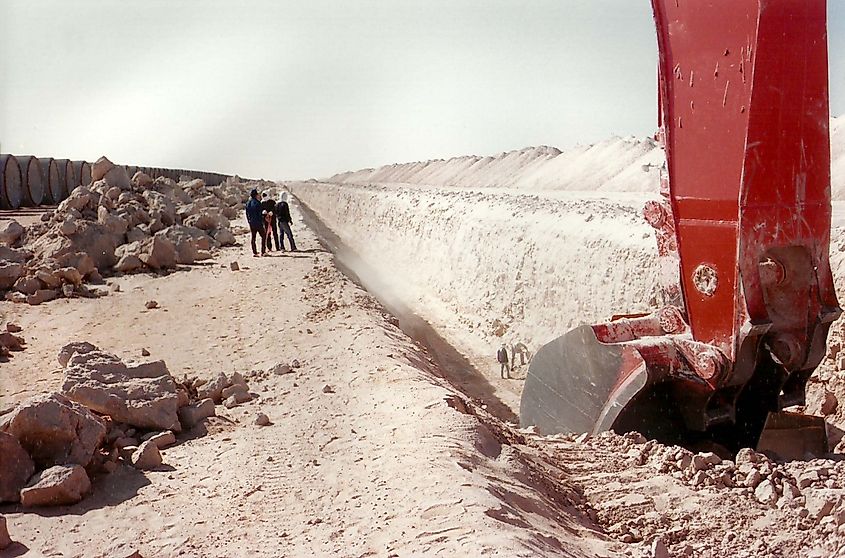
The Great Man-Made River in Libya stands as a monumental achievement in modern engineering. Comprising over 1,300 wells, some extending beyond 500 meters in depth, this extensive project channels 6.5 million cubic meters of water daily across the desert landscape to cities like Tripoli and Benghazi. Remarkably, the diameter of the pipes used is large enough to permit a car to drive through, illustrating the scale of this endeavor. The project, which took over 30 years to complete between 1960 and 1991, was a successful investment in infrastructure aimed at transforming desert lands into arable farmland. Notable Libyan leaders dubbed the Great Man-Made River the "Eighth Wonder of the World," and for good reason.
Incan Aqueducts - Peru

The Incan aqueducts of Peru were constructed to be resilient against earthquakes, allowing these structures to endure for centuries beyond their original construction date around the 1400s. Beyond their practical use, the aqueducts are historical due to occasionally being built on top of walls left by prior civilizations like the Wari. Moreover, some of these canals were skillfully carved directly into bedrock, and these long grooves in the earth can still be visited today. The efficiency of these systems played a crucial role in the flourishing of staple crops like potatoes and maize (a type of corn). Yet, despite their advanced way of life, disease and Spanish weaponry slowly toppled the great Incan Empire.
Dujiangyan Irrigation System - China

The Dujiangyan Irrigation System, a brilliant engineering achievement of ancient China, remains the world's only surviving no-dam irrigation system. This ingenious system, featuring a key component known as the Yuzui or fish mouth levee, effectively averted annual flooding by channeling excess waters away. It has been instrumental in irrigating over 5,300 square kilometers, transforming Sichuan into one of China's most fertile agricultural regions. The success of this system is not only reflected in its agricultural productivity but also in its recognition as a UNESCO World Heritage Site. Although the impact of this system gives the impression that it could have only been constructed recently, in truth, Li Bing of the Qin Dynasty built it in 256 BC.
Hohokam Canals - United States (Arizona)
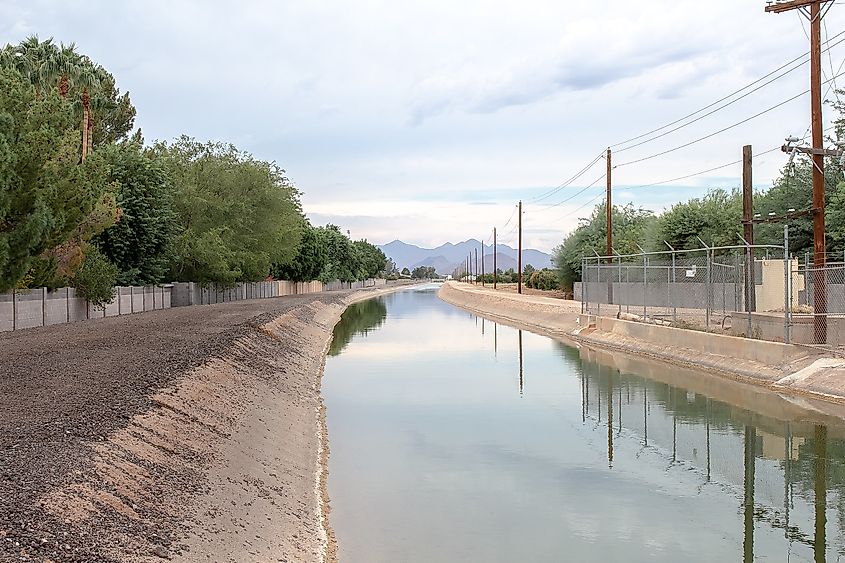
The Hohokam canals cover a span of over 1,100 kilometers, and they were once remarkably large. Some sections reached up to 6 meters in depth and 26 meters in width. More astonishingly, they were crafted using rudimentary stone tools around 600 AD. Their construction was essential for irrigation and agriculture in the Phoenix basin, which greatly increased its capacity for large populations. Impressively, these canals were used continuously for more than a thousand years. Last, it is worth noting that the modern-day irrigation system in Arizona follows the original paths of the Hohokam canals: why fix what is not broken?
Aswan High Dam - Egypt
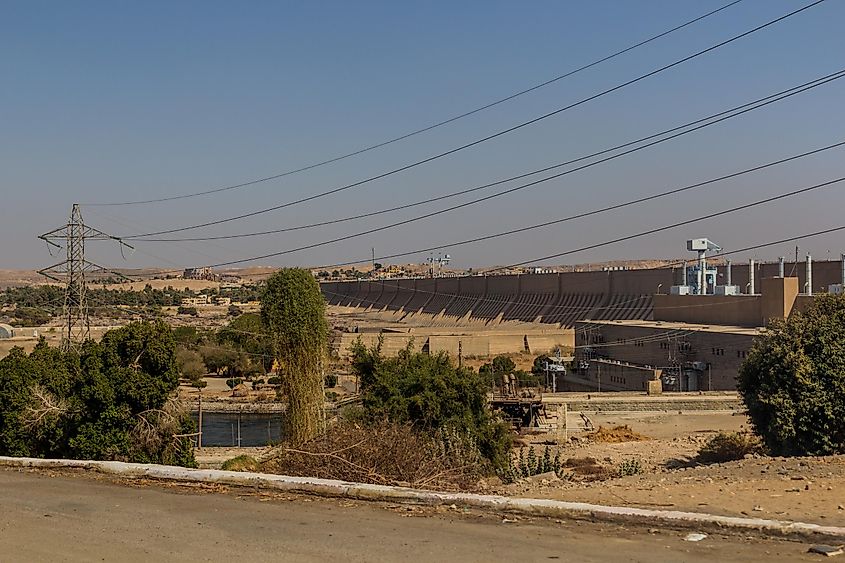
Incredibly, a single dam is capable of transforming both an entire landscape and its people's economy. This is seen in the 1960s-built Aswan High Dam, which officially opened in the summer of 1970. Constructed on the Nile River, the dam resulted in the creation of Lake Nasser, one of the largest artificial lakes globally. This structure, measuring 111 meters in height and extending over 3,830 meters, required monumental efforts, including the relocation of historical sites such as Abu Simbel. A key contributor to Egypt's power grid, the dam generates over 10 billion kilowatt-hours of electricity each year. Its construction marked a turning point in Egyptian agriculture, nearly doubling the amount of land available for cultivation and aiding in the control of the annual flooding of the Nile, historically a major challenge for the region.
California State Water Project - United States

In the United States, the California State Water Project is the most extensive state-constructed water and power system. This expansive project encompasses 34 storage facilities and 20 pumping plants, connected by over 700 miles of canals and pipelines. The Oroville Dam, a pivotal component of this project, plays a significant role in water storage and regulation. The project's scale is indicative of its impact: it supplies drinking water to more than 27 million people and irrigates approximately 750,000 acres of farmland. As an example of prime 20th-century engineering, perhaps it is true that only young dogs can learn new tricks.
Murrumbidgee Irrigation Area - Australia
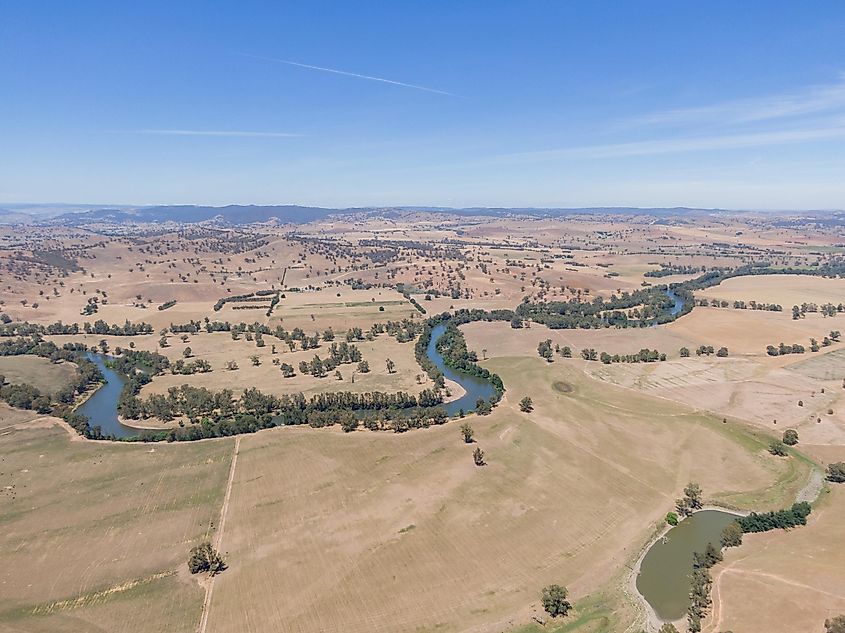
In Australia, the 1912-established Murrumbidgee Irrigation Area is a transformative engineering project that has reshaped a semi-arid region into fertile farmland of over 660,000 hectares. The area is now a leading producer of crops such as produce, rice, and wine grapes, which is an immediate boon for the country's economy. By employing advanced water-saving technologies like automated channel gates, this irrigation system has perfected water usage and management.
Every meal today probably owes its existence to irrigation somewhere down the line. The feed for livestock, or the produce (fruits/seeds/vegetables) itself, depends on industrial scales of water consumption. The ancient world was no different, and their solutions needed to be all the more creative for a lack of technology that we can take for granted. Populations for those ancient cities ranged from the hundreds of thousands to nearly a million, so it is no wonder why their best and brightest were sent to answer the call. Although these nine examples have survived and we can admire them today, it is worth asking what engineering creations have been lost to time and how long modern constructions will endure into the future.


